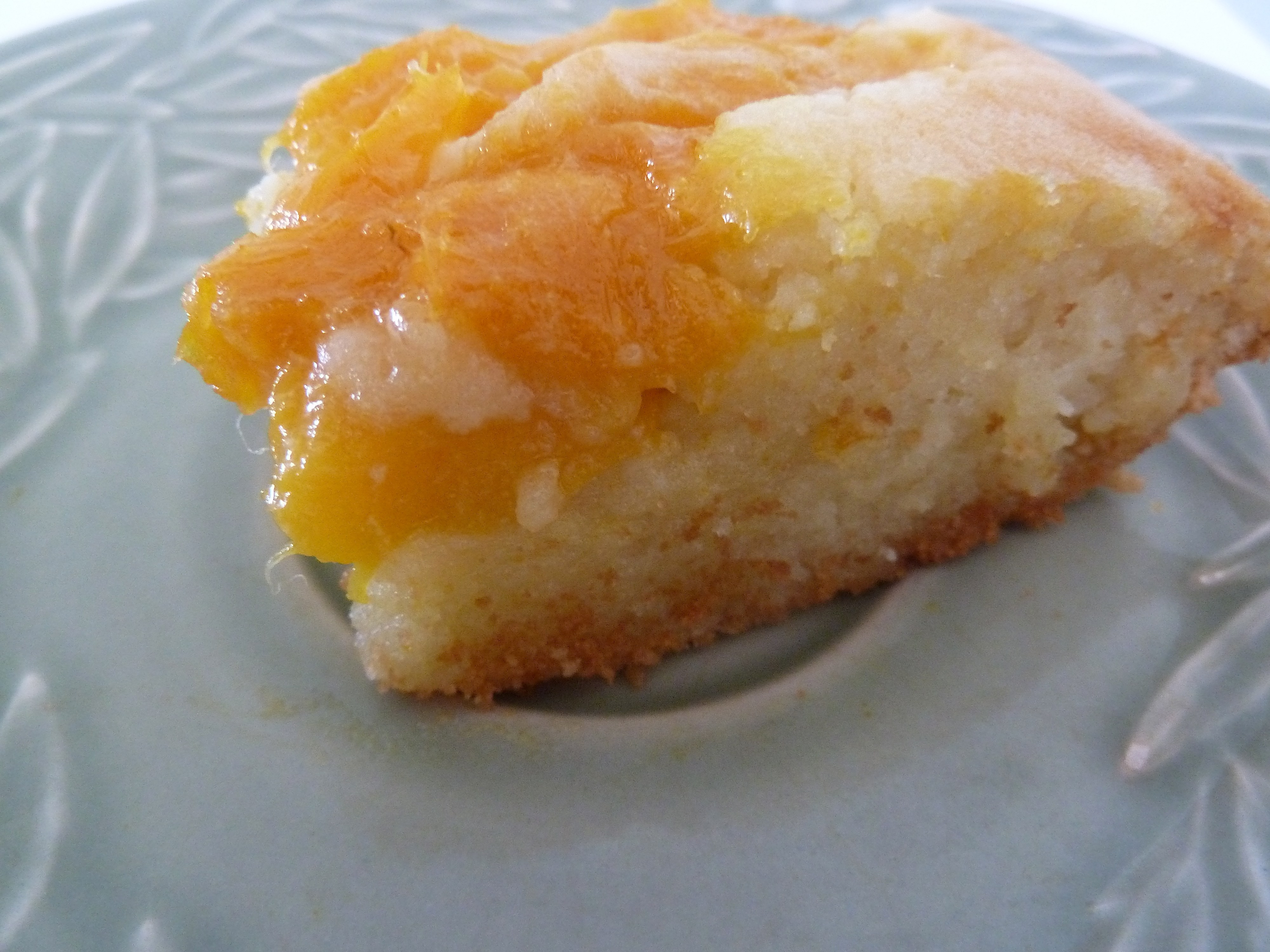

Please always read the labels, warnings, and directions provided with the product before using or consuming a product. We recommend that you do not solely rely on the information presented on our website. All information about the products on our website is provided for information purposes only. Actual product packaging and materials may contain more and/or different information than that shown on our website. The verdict: For those that like their mochi with a bit of mango.Disclaimer: While we work to ensure that product information on our website is correct, on occasion manufacturers may alter their ingredient lists. The mango mochi: This one was more mochi than anything else and although not overall our favourite, the texture of the mochi was very pleasant. This mochi stuck around on the tongue afterwards and although it had a good consistency it didn’t have much flavour. The mochi: A very thick dough on the bottom with a very floury residue. This may have been because the mochi didn’t fully cover the mango and it was seeping out the back and was on the overripe side with a deep yellow-orange colour to its flesh. The mango: The sweet aroma of the fruit was the first thing that hit us when we opened the bag. The verdict: For those with a sweet, sweet tooth. The mango mochi: Harder to eat, this one was a bit messy, but it had also travelled the furthest and therefore endured more on its trip. The mochi: This shorter, thicker version had a beautiful dough that was sweet and glutinous with a heavier pastry than the other contenders.

The mango: The fruit on this one was a very pale yellow, extremely sweet and quite stringy.

Street stall on the corner of Chung Hing San Street and Tai Hing Tai Road The verdict: An absolutely matchless mochi. The harmony of the thin dough and thick mango with a slight acidity to the fruit made for the perfect mochi balance. The mango mochi: We preferred the contrasting flavours of the sweet outside and the sweet then sour inside.

There was a nice powdery finish to this long squishy bun. The mochi: It held together very well with a solid exterior that made the whole pastry easier to eat and less messy. A beautifully dark orange with a nice sourness to complement its immediate sweetness it was possibly a tad on the overripe side, but with mango, that is often the best time to eat it. The mango: This was the best of all the hidden fruits. The verdict: For anyone who finds themselves hankering after a mochi in Aberdeen. Obscurely tucked away on the back streets of Aberdeen, this literal corner store pumps out plump mochi at $11 per pop. The mango mochi: This mochi should be sought out if only to encounter the kindness of the lady who makes and serves them. The mochi itself was velvety and most satisfying. All these things worked out good, as the mango was less flavoursome so needed a bit of bolstering. The mochi: Was denser, sweeter, thicker and more strongly rice flavoured than the others we had tried. It was not robust in flavour but seemed fresh nevertheless. The mango: Was more on the sweet side than some tarter versions. Is there much difference between the mango mochis of the world? We seek to find the answer and travel the breadth of Hong Kong to sample four versions of this sweet treat and choose a champion. This article originally appeared in the January 2016 Issue: Flavours of Fermentation


 0 kommentar(er)
0 kommentar(er)
